Art Fairs
Dealers Head to SP Arte Wary but Hopeful of Brazil’s Buying Power
Dealers are showing a brave face.
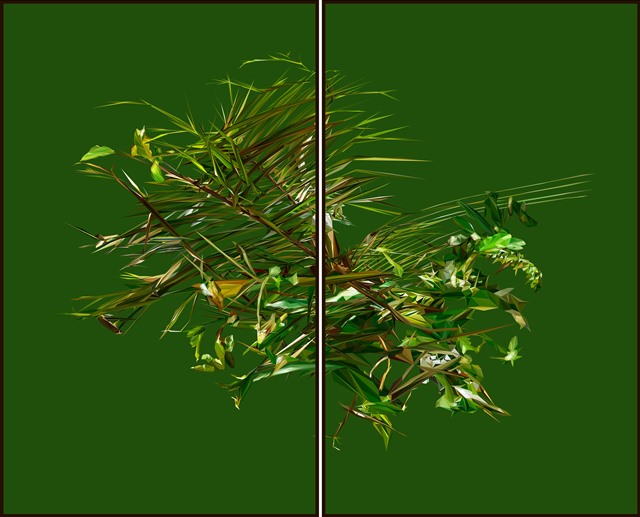
Photo: courtesy Casa Triângulo.
Dealers are showing a brave face.

Brian Boucher

Amid a punishing recession and a political crisis, art dealers will gather at the 12th edition of the SP Arte fair April 7-10 in São Paulo, Brazil, hoping to coax the country’s wealthiest to continue investing in art.
Even as high-level government officials are up on corruption charges and President Dilma Rousseff faces calls for her impeachment, 124 galleries will come together at the dramatic Ciccillo Matarazzo Pavilion, designed by the late Brazilian Pritzker Prize-winning architect Oscar Niemeyer.
Galleries are reportedly seeing huge drops in sales, but all the same, some dealers talking to artnet News by phone and email batted away the idea that the fair will serve as a test of the art market in Brazil, rather choosing to focus on the long game.
“The path always has its ups and downs,” said Brazilian dealer Daniel Roesler of Galeria Nara Roesler, which has shown with the fair since its inception. “I keep believing that the trend overall is positive, that the market is becoming more mature, and that interest is not going away.” Roesler has also served on the gallery’s selection committee.
“There are strong collections there, which have been built over many years,” said Greg Lulay, a director at David Zwirner, “and we have placed great works to great collections even in recent years.”
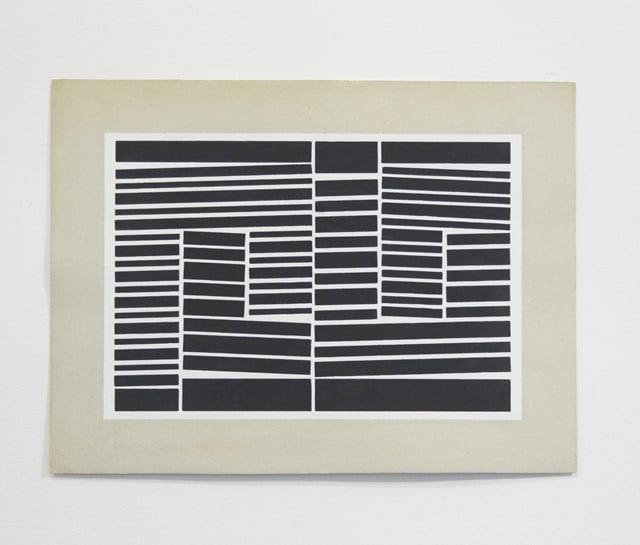
Hélio Oiticica, Metaesquema, 1958.
Photo: courtesy Nara Roesler.
The fair’s focus is strongly national, with some seventy percent of the dealers coming from within the country, including heavy hitters like São Paulo galleries Casa Triangulo, Fortes Vilaça, Luciano Brito, and Mendes Wood, in addition to Nara Roesler. Among the 24 galleries coming from abroad are major players like David Zwirner (New York, London), Lisson Gallery (New York, London, Milan), and Galerie Neugerriemschneider (Berlin).
Younger galleries are highlighted in the fair’s “solo” sector, which is organized by independent curator Luiza Teixeira de Freitas and includes Berlin’s Plan B, showing Ciprian Muresan; Valencia’s Espaivisor, showing Hamish Fulton; and Berlin’s PSM, which is bringing Marilia Furman. Back for the second year is a section featuring large-scale sculpture and installation, organized by Italian curator Jacopo Crivelli Visconti and including Christodoulos Panayiotou and Daniel de Paula, among others.
While attendance has quadrupled since the fair started, reaching 23,000 last year, that still leaves it well behind other regional fairs such as Arte BA, in Buenos Aires, with its 77,000 attendees, and Expo Chicago, which draws about 32,000 annually. Despite modest attendance figures, galleries last year told artnet News last year of sales reaching into the €1 million range.
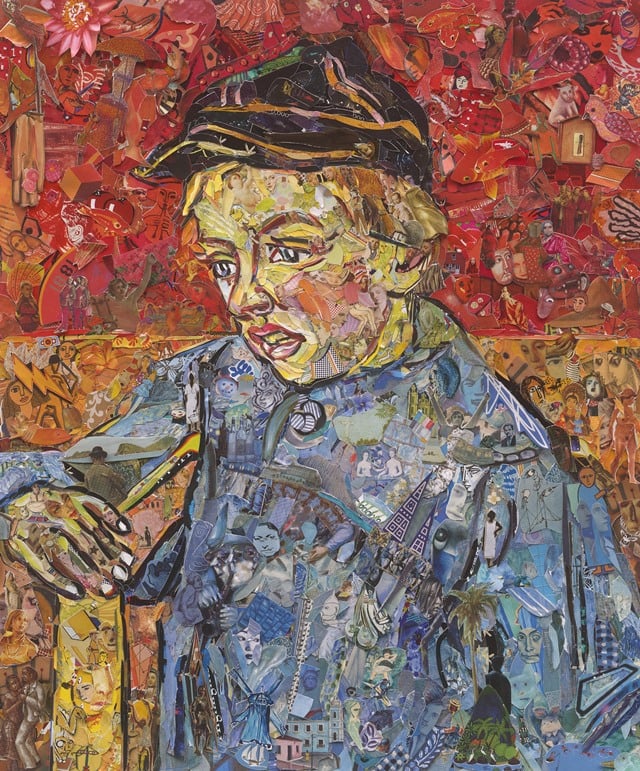
Vik Muniz, Repro: MASP (The Boy, Camille Roulin after Van Gogh), 2016.
Photo: courtesy Galeria Nara Roesler.
This time around, Nara Roesler, which has venues in São Paulo, Rio de Janeiro, and, now, New York, will offer a new series of works by Vik Muniz, one of the country’s best-known contemporary artists. The artist pays tribute to the São Paulo Museum of Art, offering one work that riffs on a painting by Vincent van Gogh in the museum’s collection. Faced with steep cuts in government funding, Roesler told artnet News, the museum is gaining newfound support from private donors.
Also on offer from Nara Roesler are new works by 85-year-old artist Abraham Palatnik, who became known in the mid-20th century for kinetic art, as well as recent pieces by Daniel Buren, Antonio Dias, and Lucia Koch, and 1950s gouaches by Helio Oiticica, among other gallery artists.
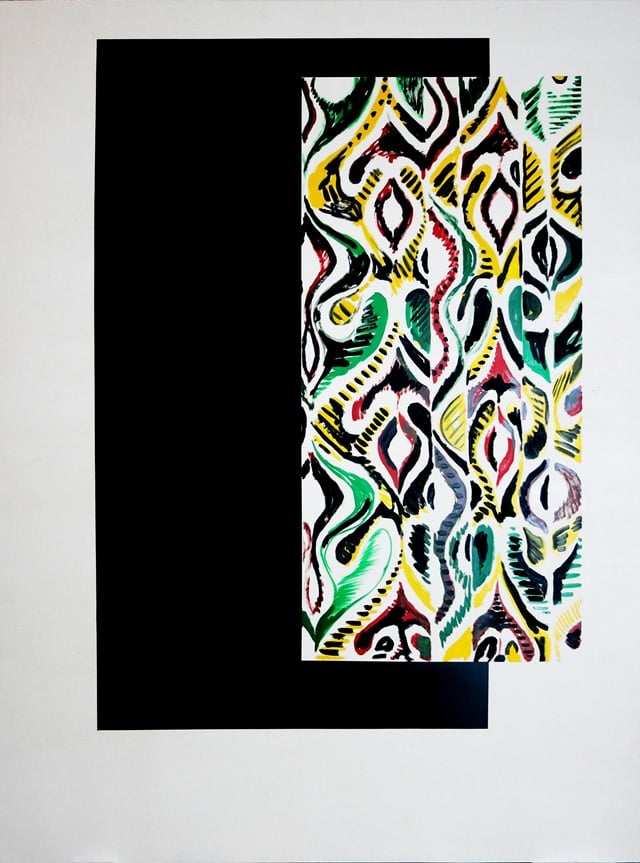
Tiago Tebet, Pro(des)cendência, 2016.
Photo: courtesy Luciana Brito Gallery.
Luciana Brito Gallery will change up its booth, doing three separate solo exhibitions over the course of the fair. On tap during opening day is the young local artist Tiago Tebet, showing recent abstract paintings. Thursday and Friday will see Regina Silveira debuting brand-new works in engraved aluminum, while the weekend brings in new output by photographer Caio Reisewitz.
The gallery inaugurated its new digs in the Castor Delgado Perez Residence, a modernist house designed by architect Rino Levi in the 1950s, this past Sunday.
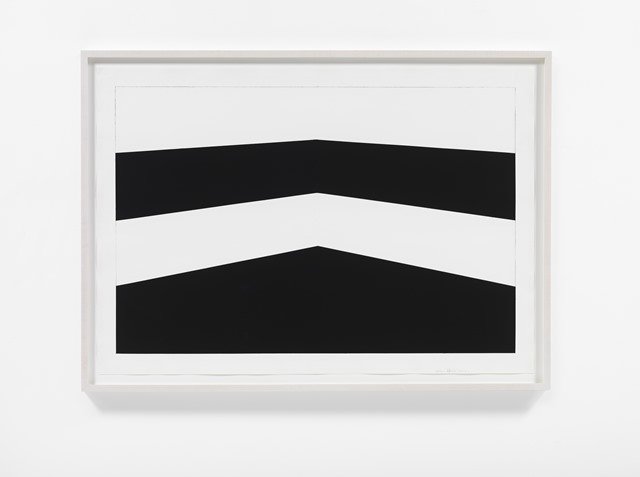
Carmen Herrera, Untitled, 2012.
Photo: courtesy Lisson Gallery.
Lisson Gallery will offer Brazilians a sampler of its roster, including Ai Weiwei, Carmen Herrera, Haroon Mirza, and Lawrence Weiner. Ai will be represented by a sculpture of bent rebar from a Chinese school that collapsed in a 2008 earthquake as a rebuke to government officials who allowed its shoddy construction. Herrera, who will be the subject of the first exhibition at Lisson’s New York venue, coming this May, will show black-and-white abstractions on paper.
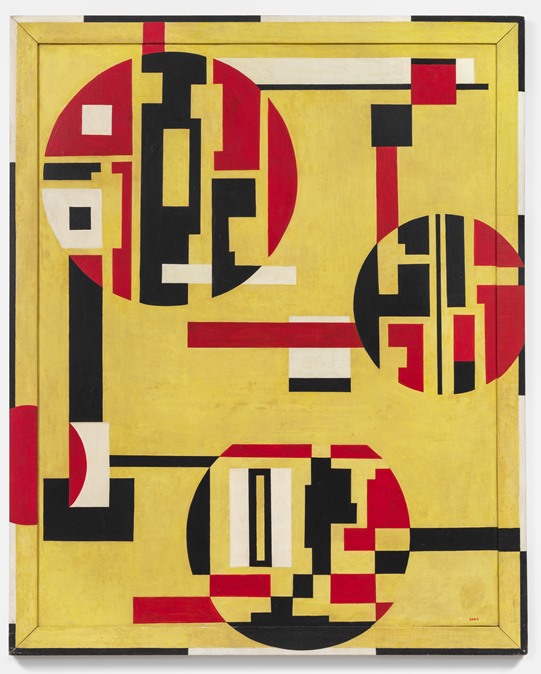
Sandú Darié, Sin título (Untitled), ca. 1955.
Photo: courtesy David Zwirner, New York/London.
While David Zwirner will show mostly widely known artists like Carol Bove, Yayoi Kusama, Sherrie Levine, and Lisa Yuskavage, the gallery brings along a surprise in the form of colorful paintings by Romanian artist Sandú Darié, whose 1949 exhibition in Havana, Cuba, to which he immigrated, introduced the island’s art scene to abstract art. The New York Times‘ Roberta Smith found that his works made “an especially strong impression” in a recent show of Cuban art at Zwirner. Bringing his work to São Paulo is fitting, director Greg Lulay pointed out, since it was created at the same time as the Concrete Movement in Brazilian art.
While dealers do acknowledge that it might be a challenging moment in the market, they point out that the upheaval in Brazil could be a pivotal moment for progress.
“We’re fed up with long histories of corruption,” Roesler said, “but we’re in a moment where we might see some change.”
Lulay, for his part, acknowledged that a protest occurred while he was visiting clients in Rio de Janeiro recently, but in this case, he said, millions gathered on the Copacabana beach in the national colors, “celebrating what they want to have happen in their country.”
Câsa Triangulo director Rodrigo Editore conceded that, in addition to the Brazilian recession, the instability of a US election year in America could further undermine confidence among collectors. “The moment is cloudy and uncertain,” he said. The gallery, which in March opened in a new building in the Jardins neighborhood, is bringing works by Albano Afonso, Assume Vivid Astro Focus, and Sandra Cinto.
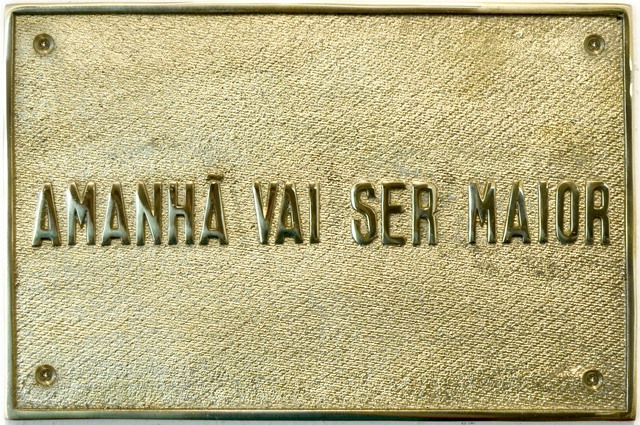
Ivan Grilo, Amanhã vai ser maior, 2016.
Photo: courtesy Casa Triângulo.
But for Editore, the work that’s most apt to the moment may be a plaque by Ivan Grilo. It reads “Amanhã vai ser maior,” or “Tomorrow will be bigger,” which sums up the mood of hope amidst the uncertainty.